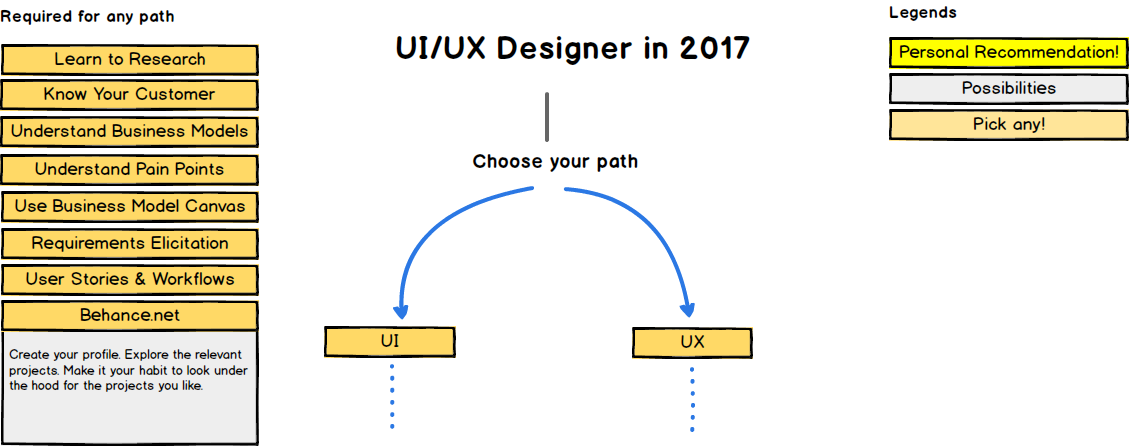
Most people are familiar with the Fluid pattern and Flexible grid. But, what about other responsive design best practices? These include Fluid visuals and Flexible grids. If not, this article will provide you with a quick overview of how to use them in your own design. This information will help you make the process much easier. But how do these tips apply to your website design?
Flexible grids
Flexible grids are one of the best responsive design practices for mobile devices. You can scale content in proportion to the screen size and adjust the spacing outside to match the orientation and width of the screen. Flexible grids ensure that white space isn't sacrificed in order to preserve visual balance and consistency. Flexible grids can also be used to give additional space for content. Flexible grids can be used to develop mobile websites because they can be easily customized for any device.

Fluid pattern
Fluid is a great choice for responsive web design. It uses a grid-like structure that will expand and contract horizontally. This will make your website appear more flexible on various screen sizes. Fluid patterns are also useful for mobile devices. Because the grid-like structure of fluid patterns is flexible, you can adjust the width of your layout without compromising on quality. Because they don't depend on fixed units, they are very flexible.
Column Drop
The Column Drop pattern is among the best responsive design patterns. This layout uses fluid grids to stack content vertically. Column drop layout patterns tend not to place the main content in the center. However, the column drop layout patterns tend shift the columns down when the viewport gets wider. Sites with multiple types of content will find the layout shifter pattern useful. The layout shifter pattern uses different layouts to adapt for different screen sizes.
Flexible visuals
Flexibility in visuals is an important component of responsive design. This is essential in creating a user-friendly experience across a variety of devices. The image should be viewed in the same way as content. You should avoid large images when designing for mobile devices. These take up too much space. Avoid large images that are too large as they can slow down mobile device loading.

Media queries
Media queries are a powerful tool for creating flexible layouts for websites. These queries can be used to change the color or other aspects of the site, depending on how large the viewport is. Media queries can either have minimum or maximum values. In most cases, one media query is sufficient. These tips provide information about responsive design and media queries. You should also read the Media Types section.
FAQ
How much do web developers make?
The hourly rate for a website you create yourself is $60-$80. Independent contractors are a better option if your goal is to charge more. It is possible to charge between $150-200 an hour.
Do I need a portfolio to get hired as a web designer?
Yes. You must have a portfolio to be considered for a job in web development or design. Your portfolio should show examples of your skills, experience, and knowledge.
Portfolios are usually made up of examples of past projects. These samples can show off your ability to do any task. Include everything: mockups; wireframes; logos; brochures; websites and apps.
WordPress: Is it a CMS or not?
Yes. It's a Content Management System. CMS allows you to manage the content of your website from within a web browser, instead of using applications like Dreamweaver and Frontpage.
The best part about WordPress is that it's free! Hosting is all you need, and it's usually free.
WordPress was initially intended to be used as a blog platform. Now, WordPress offers many different options: eCommerce sites, forums. Membership websites. Portfolios.
WordPress is easy to install and set up. You must download the installation file from their website and upload it onto your server. You can then visit your domain name using your web browser to log in to your new website.
After installing WordPress, you'll need to register for a username and password. Once you have logged in, a dashboard will appear where you can view all of your settings.
Here you can add pages and posts, images, menus, widgets and plugins. If editing and creating new content is easier for you, skip this step.
You can, however, hire a professional Web designer to handle the whole thing if your preference is to work with another person.
Are there any technical skills required to design and build my site?
No. You only need to have a basic understanding of HTML/CSS. There are many tutorials available online that can teach both HTML or CSS.
Statistics
- It's estimated that in 2022, over 2.14 billion people will purchase goods and services online. (wix.com)
- The average website user will read about 20% of the text on any given page, so it's crucial to entice them with an appropriate vibe. (websitebuilderexpert.com)
- In fact, according to Color Matters, a signature color can boost brand recognition by 80%. There's a lot of psychology behind people's perception of color, so it's important to understand how it's used with your industry. (websitebuilderexpert.com)
- At this point, it's important to note that just because a web trend is current, it doesn't mean it's necessarily right for you.48% of people cite design as the most important factor of a website, (websitebuilderexpert.com)
- Is your web design optimized for mobile? Over 50% of internet users browse websites using a mobile device. (wix.com)
External Links
How To
Drupal 7 Web Design: How to use it
Drupal is one the most widely used Content Management Systems (CMSs) today. It was developed in 2003 by Dries buytaert of Belgium. The name comes from the two first letters of its developer's names, Dirk Buijtewaard and Pierre d'Herbemont. In 2005, Drupal became open source, and since then, there are many versions of this CMS. Drupal is used worldwide by many websites and businesses.
Drupal is popular because of many reasons. First, it is free to download and install. It is also easy to modify and expand. Third, it is well-documented. It also provides excellent support via forums and IRC channels. Fifth, it can be expanded via modules. Sixth, it supports multiple language versions. It is easy customizable. It can be scaled. It is secure. Tenth, it's reliable. Finally, the community supports it. Drupal is a great choice for your next project because of all these factors.
You might wonder what makes Drupal stand out from other CMS platforms. It's simple. Drupal is an open-source content manager system. Drupal is completely free and can be downloaded freely. Drupal gives you complete control of your website. You can edit your website, add pages or delete them, and change the colors, fonts, images and videos.
Drupal is a good choice if you don't have the technical skills to build a website. Unlike other CMS, you don't need to know anything about programming to start building your website. All you need is to learn how to use the essential functions of Drupal. Then you will be able to modify your website according to your needs.
Drupal has many themes and plugins that are already pre-built. These plugins allow you to improve the functionality of your site. To gather contact information from your visitors, you could use the Contact Form Module. Google Maps can be used to display maps on your site. Drupal comes with thousands of pre-made templates. These templates will give your website a professional appearance.
Drupal's flexibility makes it extremely flexible. You can add new modules and even replace existing ones without worrying about compatibility issues. If you need to integrate social media in your website, it can be done quickly. You can also setup RSS feeds or e mail subscriptions.
Drupal can also be customized. Drupal allows you to add custom fields and forms, manage your users, and many other features. You can also create complex layouts with Drupal.
Drupal is resilient and reliable. Drupal is both stable and scalable. It offers outstanding security features. Drupal is well worth looking into if you are looking for a web development platform that works.